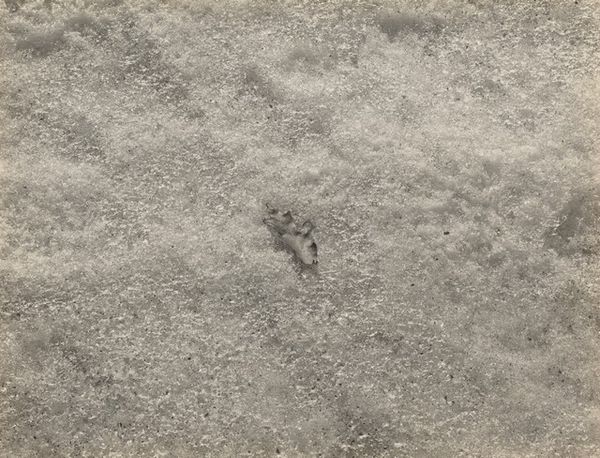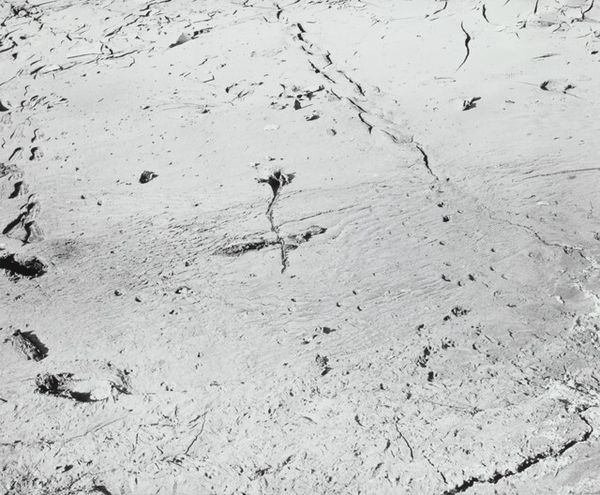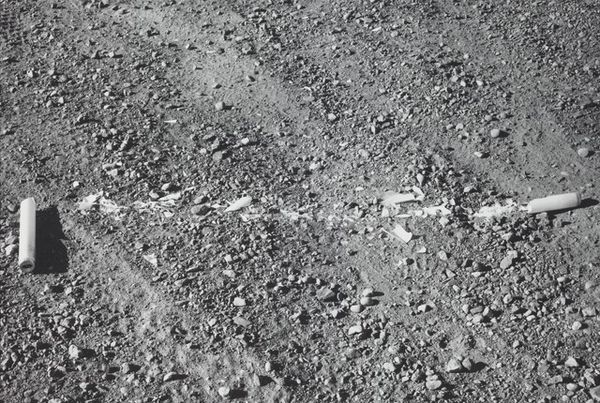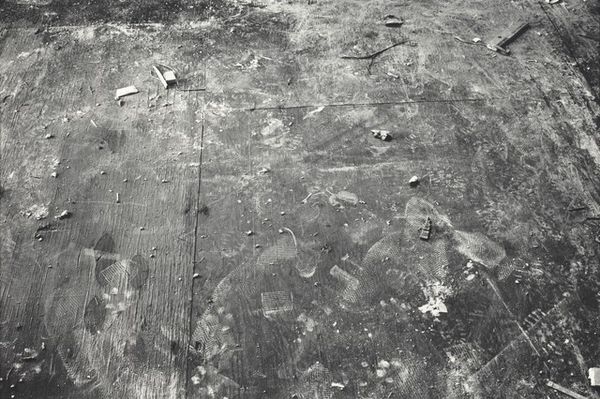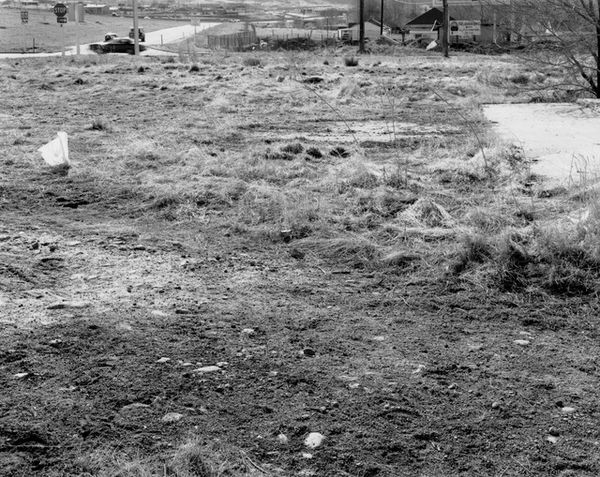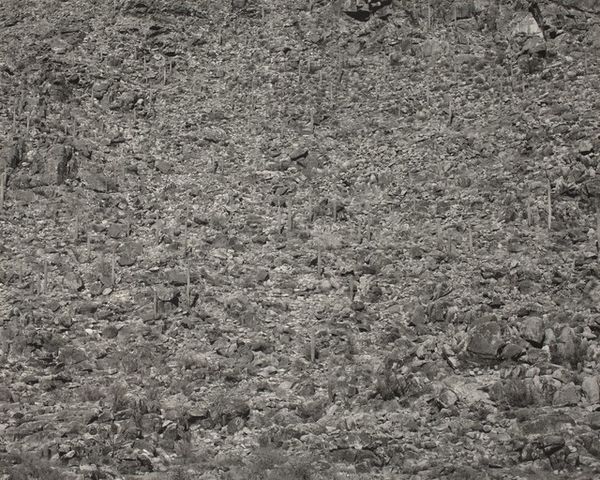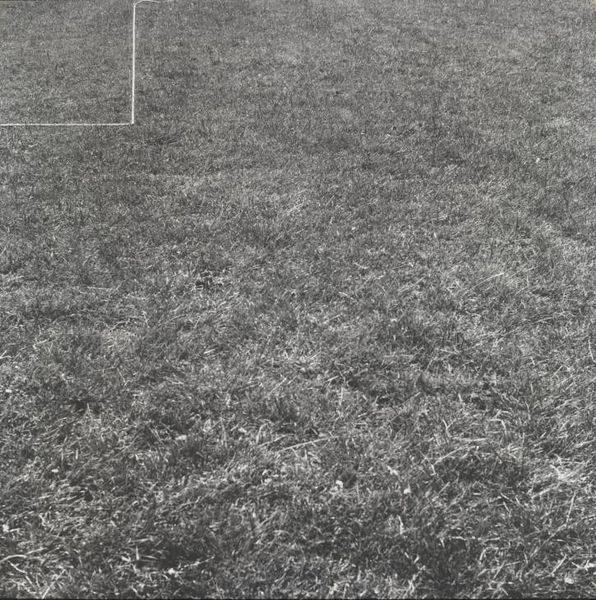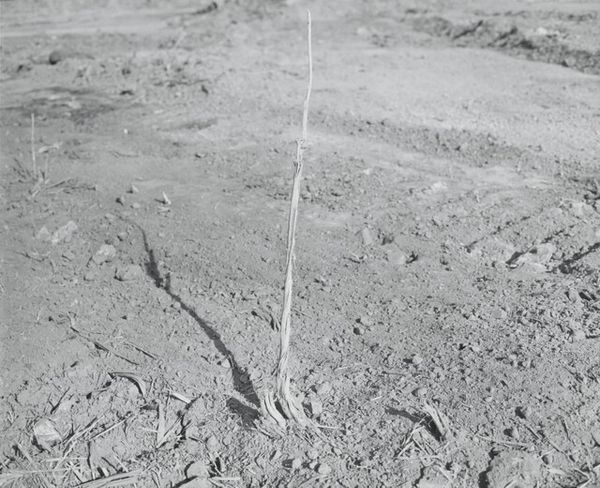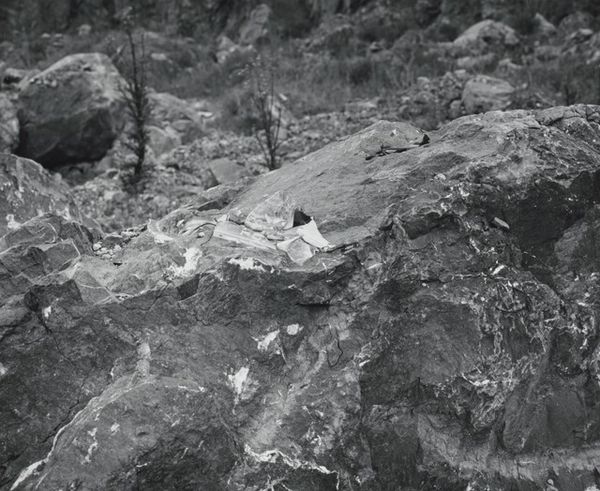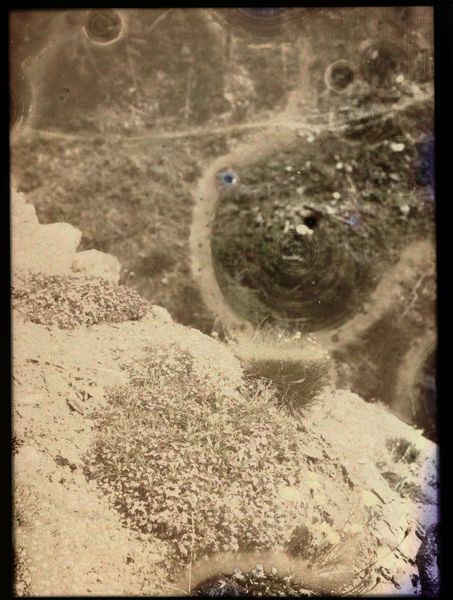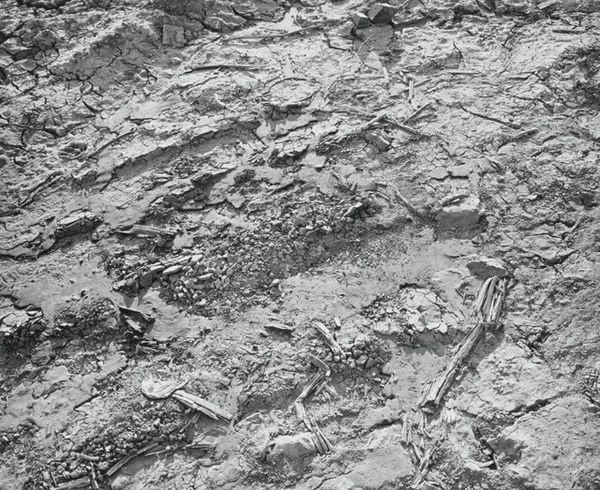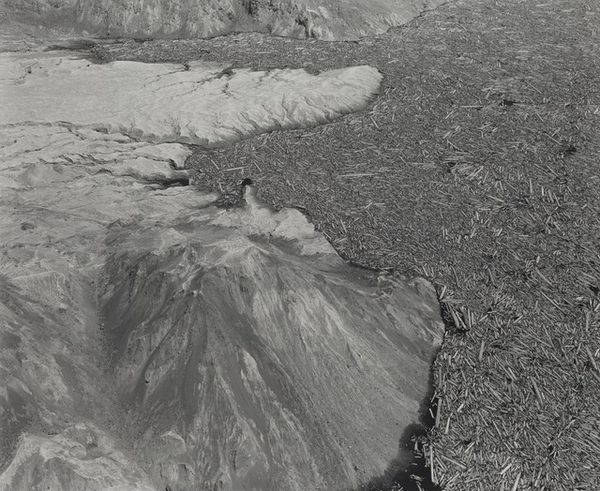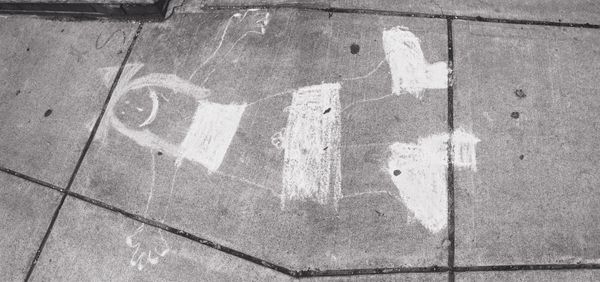
photography
#
natural shape and form
#
conceptual-art
#
landscape
#
photography
#
natural texture
#
realism
Dimensions: image: 18.8 × 22.9 cm (7 3/8 × 9 in.) sheet: 20.32 × 25.4 cm (8 × 10 in.)
Copyright: National Gallery of Art: CC0 1.0
Curator: Standing before us is “San Quentin Point, no. 38” by Lewis Baltz, potentially taken between 1982 and 1985. Editor: Immediately, the monochrome palette strikes me. It gives the entire scene this bleak, almost desolate atmosphere. It looks like barren terrain, captured in relentless detail. Curator: Baltz was indeed interested in portraying such realities. He aimed to expose the transformed landscape, marked by both industrial and post-industrial processes. It highlights how land is repurposed, reshaped, and left behind, focusing on the implications of materials and their interactions. Editor: Considering it was taken near San Quentin, a maximum-security prison, I can’t help but feel there’s an intentional connection. This terrain reflects a space defined by control and abandonment, mirroring broader socio-political narratives about confinement and freedom. Is the prison itself implicated? Curator: The proximity is certainly compelling. But what exactly do we see in terms of materials? The prevalence of gravel, possibly processed and transported here for construction, creates an altered environment devoid of organic richness, exposing the materiality of imposed infrastructures. Editor: Exactly. And in this way it implicates social structures. It reflects unequal landscapes where development projects disproportionately impact vulnerable populations living close to facilities such as prisons, often with disregarded environmental and public health outcomes. We are not merely looking at gravel; we are facing material injustice. Curator: I appreciate your point. In the absence of direct human figures, this discarded item here, a raggedy cloth, raises several questions. The textures captured are key. Is Baltz also commenting on consumption or waste? How have labor practices transformed this coastal point? Editor: Absolutely, the presence of human detritus invites reflection on invisible labor and neglected communities. By documenting this particular site so near to a site of incarceration, I think Baltz compels us to contemplate larger narratives around dispossession, privilege, and geographic segregation. Curator: Agreed. When you examine his catalog of photographs, you observe patterns and systematic arrangements across multiple exposures, each functioning as material evidence. These observations and connections, that we both find in the image, reveal complex stories embedded within such apparently bleak images. Editor: And I feel all this encourages a critical dialogue, prompting us to question existing frameworks while understanding our responsibilities within these contested spaces.
Comments
No comments
Be the first to comment and join the conversation on the ultimate creative platform.
